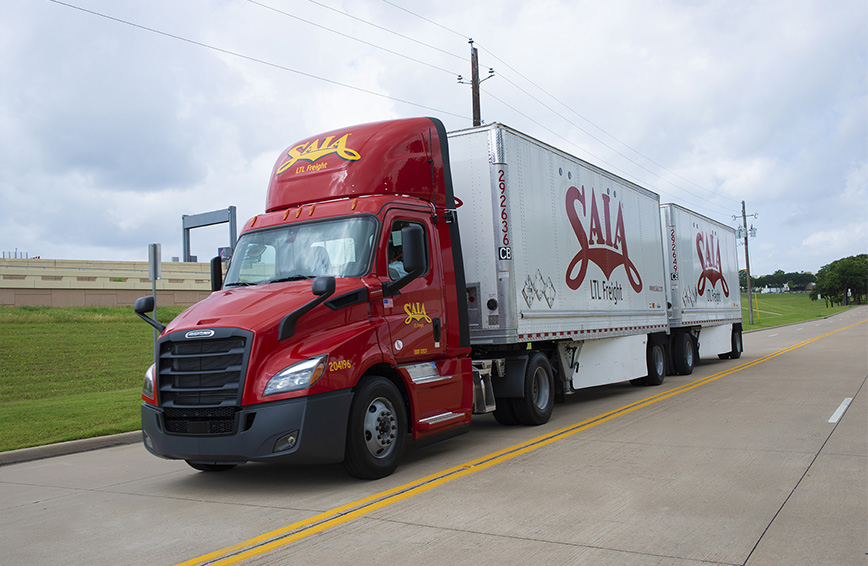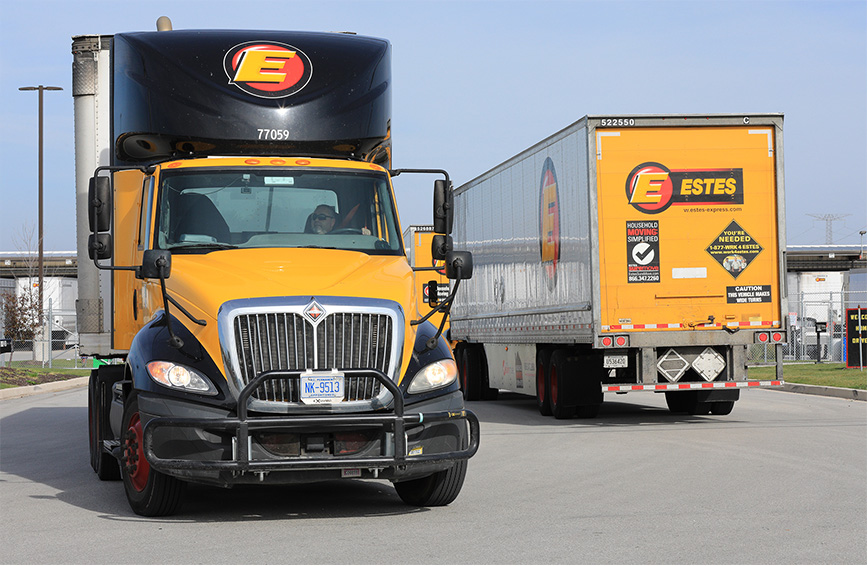If you operate a trucking business, extreme weather conditions like hailstorms, hurricanes, blizzards, and snowfall can hurt you. According to a study conducted by TransFX, weather disruptions cost the trucking industry as much as $3.5 billion annually. Overall, adverse weather caused 23% of truck schedule delays, and weather-related congestion lost almost 32.6 billion vehicle hours.
Among the different types of trucking carriers, the LTL (less-than-truckload) carrier industry, with a size of approximately $100 billion, is the most adversely impacted during disruptions, due to the complex nature of its operation of hub and spoke. The primary challenge faced by LTL carriers during disruptions is rerouting the trucks passing through affected areas and taking appropriate actions if the delivery location is in those areas.
In most cases, LTL carriers adopt one or more of the following measures to reach to such weather conditions:
- Prepare a course of action beforehand to handle such situations by using weather forecast and historical data (have a plan B).
- Direct a partial or complete shutdown of impacted terminals/hubs.
- Hold the loads in the previous/nearby hub till the situation gets normalized.
- Skip hubs/terminals in the impacted regions for the relayed loads.
If the LTL planner makes any change, it should be quick (time-bound), and it needs to be thoroughly evaluated to avoid bleeding of millions of dollars due to inefficient handling of the situation.
Since time is a critical factor, LTL carriers clearly need a sophisticated tool to study the effect of network disruptions and devise the best possible solutions to mitigate them. As a result, all large LTLs invest significant amount of their planners' time and resources to create contingency plans during disruptions.
With over a decade of research and by working closely with several large LTL carriers, Optym has developed a powerful tool, HaulPlan, a versatile simulation-based optimization platform that can run various what-if scenarios for the entire LTL network in seconds and help you study network disruptions.
With its easy-to-use workflows, HaulPlan offers two modes:
1. Evaluation mode: In this mode, you can explicitly introduce a change to the network and study its impact.
2. Recommendation mode: In this mode, you can ask HaulPlan to suggest changes in the network based on the inputs provided, using the power of its sophisticated algorithms.
Several large LTL carriers are already using HaulPlan. Today HaulPlan is increasingly gaining traction in the industry and becoming the most preferred planning tool among the top 10 LTL carriers in the U.S.
Adapt to weather disruptions in trucking
Yes, we can't control natural disasters and disruptions, but we can surely mitigate their effects by taking appropriate and corrective actions and prior planning. Optym mobilizes advanced research in the field of operational research and machine learning to help predict the effects of disruptions and takes corrective actions, so you can benefit from optimized efficiency.
Before the next bout of bad weather hits, put today's technology on your side, and get the Optym HaulPlan advantage!
For more information, please visit Optym LTL.




